-
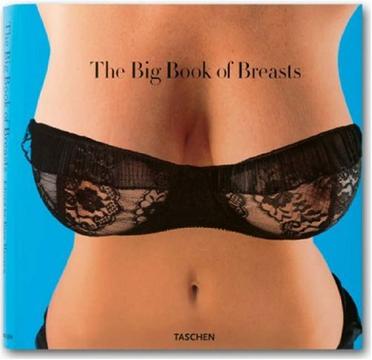
The Big Book of Breasts
Some call it the American obsession, but men everywhere recognize the hypnotic allure of a large and shapely breast. In The Big Book of Breasts, Dian Hanson explores the origins of mammary madness through three decades of natural big-breasted nudes. Starting with the World War II Bosom-Mania that spawned Russ Meyer, Howard Hughes's The Outlaw and Frederick's of Hollywood, Dian guides you over, around, and in between the dangerous curves of infamous models including Michelle Angelo, Candy Barr, Virginia Bell, Joan Brinkman, Lorraine Burnett, Lisa De Leeuw, Uschi Digard, Candye Kane, Jennie Lee, Sylvia McFarland, Margaret Middleton, Paula Page, June Palmer, Roberta Pedon, Rosina Revelle, Candy Samples, Tempest Storm, Linda West, June Wilkinson, Julie Wills, and dozens more, including Guinness World Record holder Norma Stitz, possessor of the World`s Largest Natural Breasts. -
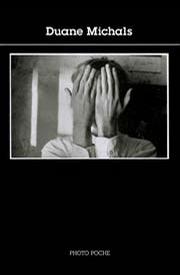
Duane Michals
-
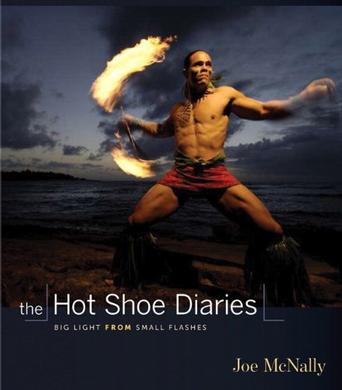
The Hot Shoe Diaries
在线阅读本书 When it comes to photography, it’s all about the light. After spending more than thirty years behind the lens—working for National Geographic , Time , Life , and Sports Illustrated —Joe McNally knows about light. He knows how to talk about it, shape it, color it, control it, and direct it. Most importantly, he knows how to create it...using small hot shoe flashes. In The Hot Shoe Diaries , Joe brings you behind the scenes to candidly share his lighting solutions for a ton of great images. Using Nikon Speedlights, Joe lets you in on his uncensored thought process—often funny, sometimes serious, always fascinating—to demonstrate how he makes his pictures with these small flashes. Whether he’s photographing a gymnast on the Great Wall, an alligator in a swamp, or a fire truck careening through Times Square, Joe uses these flashes to create great light that makes his pictures sing. 点击链接进入中文版: 热靴日记:小型闪光灯的创造性应用 -

Francesca Woodman
"Prodigies in photography are singularly rare; women prodigies virtually unheard of." - Abigail Solomon-Godeau. Francesca Woodman (1958-1981) has become one of the most talked about, most studied, and most influential of late twentieth century photographers. She started taking photographs when she was barely thirteen and in less than a decade created a body of work that has now secured her a reputation as one of the most original American artists of the 1970s. Woodman brought an understanding of Baroque painting, Modernist art and contemporary post-minimalist practice to her haunting, sensual images. Both in her work with models, and in sometimes disturbing self-portraits, Woodman made a thoroughgoing challenge to the certainties of photography. Interested in how people relate to space, and how the three-dimensional world can be reconciled with the two dimensions of the photographic image, Woodman played complex games of hide-and-seek with her camera. One of the enduring appeals of her work is the way in which she constructs enigmas that trap our gaze. She depicts herself seemingly fading into a flat plane, merging with the wall under the wallpaper, dissolving into the floor, or flattening herself behind glass. But is this disappearing act really the artist putting in an appearance? That we are never completely sure what we are looking at means that we keep looking. Woodman constantly compares the fragility of her own body with the physical environment around her. Fascinated by transformation and the permeability of seemingly fixed boundaries, Woodman's work conjures the precarious moment between adolescence and adulthood, between presence and absence. This comprehensive monograph includes over 250 of Woodman's works - some of which have never been exhibited or published before - as well as extracts from her journals selected by her father George Woodman. There are examples of her large-scale blueprints and reproductions of her photobooks, including "Some Disordered Interior Geometries", which was published in 1981, the year she took her own life. An extensive text by Chris Townsend examines the influences of gothic literature, surrealism, feminism and post-minimalist art on Woodman's photographs. Townsend places Woodman in relation to her contemporaries, such as Cindy Sherman and Richard Prince. This book confirms Woodman's position as one of America's most talented photographers and important artists since 1970, with an influence lasting well beyond her own time. Interested in how people relate to space, and how the three-dimensional world can be reconciled with the two dimensions of the photographic image, Woodman played complex games of hide-and-seek with her camera. One of the enduring appeals of her work is the way in which she constructs enigmas that trap our gaze. She depicts herself seemingly fading into a flat plane, merging with the wall under the wallpaper, dissolving into the floor, or flattening herself behind glass. But is this disappearing act really the artist putting in an appearance? That we are never completely sure what we are looking at means that we keep looking. Woodman constantly compares the fragility of her own body with the physical environment around her. Fascinated by transformation and the permeability of seemingly fixed boundaries, Woodman's work conjures the precarious moment between adolescence and adulthood, between presence and absence. -
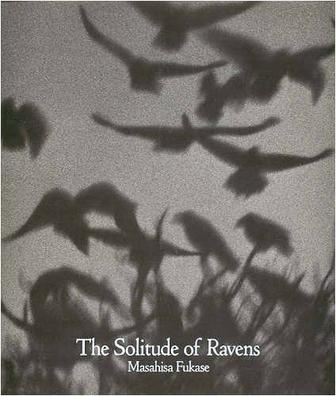
Solitude of Ravens
-
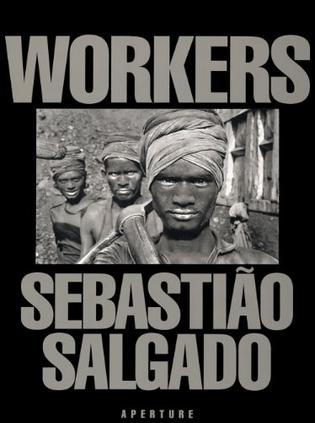
Workers
More then those of any other living photographer, Sebastiao Salgado's images of the world's poor stand in tribute to the human condition. Salgado defines his work as "militant photography" dedicated to "the best comprehension of man"; over the decades he has bestowed great dignity on the most isolated and neglected among us-- from famine-stricken refugees in the Sahel to the indigenous peoples of South America. With "Workers," Salgado brings us a global epic that transcends mere image making to become an affirmation of the enduring spirit of working men and women. In this volume, three hundred fifty duotone photographs form an archaeological perspective of the activities that have defined hard work from the Stone Age through the Industrial Revolution to the present. With images of the infernal landscape of an Indonesian sulfur mine, the drama of traditional Sicilian tuna fishing, and the staggering endurance of Brazilian gold miners, Salgado unearths layers of visual information to reveal the ceaseless human activity at the core of modern civilization. "Workers" presents its subjects on several interactive levels: Salgado's introductory text expands his passionate photographic iconography, and extended captions, also written by Salgado, provide a historical and factual framework. Evoking the monumentality of Baroque sculpture, images of oil-fire fighters extinguishing Kuwaiti wells are informed by data detailing this perilous venture. Heroic photographs of Cuban and Brazilian peasants harvesting sugarcane are enriched by an overview of the history of the sugar trade, which documents centuries of colonialist exploitation. On the eve of the millennium, "Workers" serves as anelegy for the passing of traditional methods of labor and production. Yet its ultimate message is one of endurance and hope: entire Indian families serve as construction crews to build a dam that will bring life to their land, and laborers using contemporary technology connect England and France through Eurotunnel. Honoring the timeless and indomitable spirit of the manual laborer, "Workers" renders the human condition with honesty and respect.